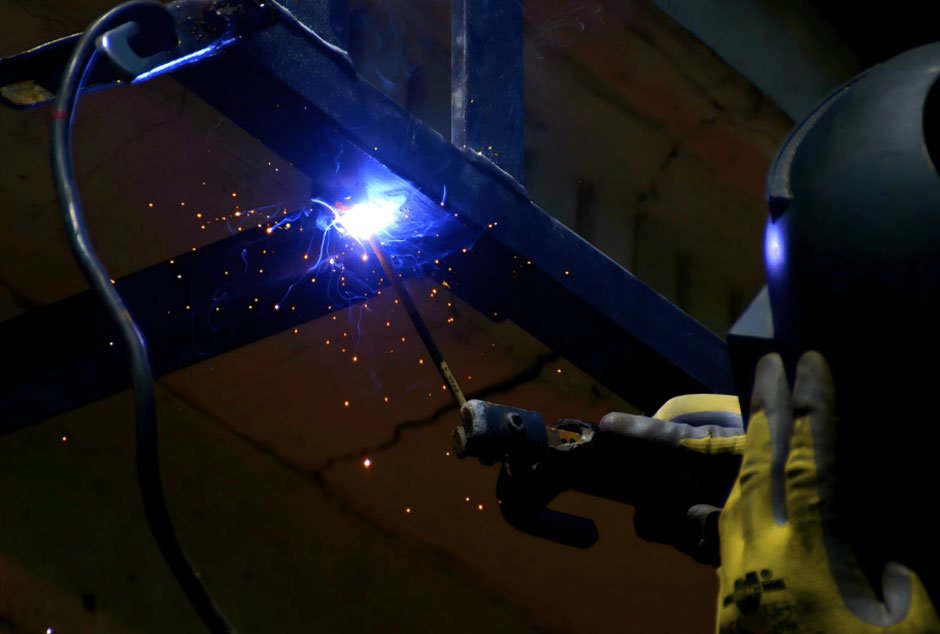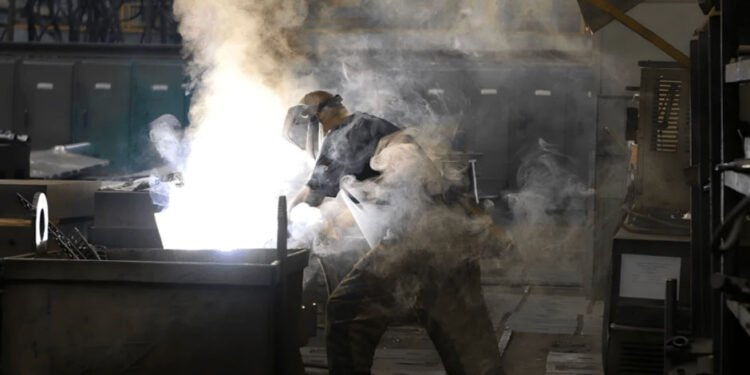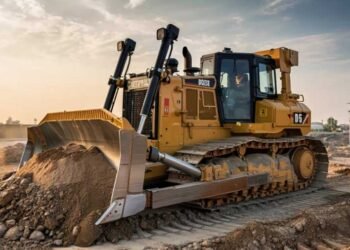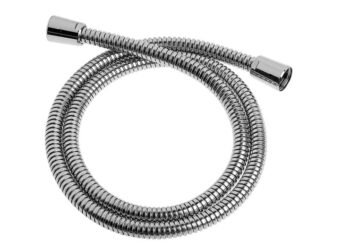Smart factories are reshaping manufacturing under the Industry 4.0 revolution. By combining automation, connectivity, and intelligent systems, they enable faster, more flexible, and more efficient production. A cornerstone of this transformation is the industrial laser welding machine.
Unlike traditional welding methods, laser welding offers unmatched precision, reduced waste, and seamless integration with digital platforms. For businesses like yours, this means greater responsiveness to customer demand, stronger quality assurance, and the ability to scale production with confidence.
Core Technologies Enabling Integration
IoT & Sensor Networks
Industrial laser welding machine can embed sensors in its head or fixtures to track temperature, power, and alignment in real time. These IoT-enabled systems ensure machine-to-machine communication between robots, welders, and ERP platforms, allowing for smarter decision-making.
AI, Machine Learning & Adaptive Control
AI-driven control systems fine-tune welding parameters to minimize defects. Smart feedback loops adjust laser power, travel speed, and focus dynamically, ensuring consistency across thousands of welds.
Robotics & Motion Systems
Robotic laser welding cells—often with 6-axis arms—handle complex geometries with precision. Coordinating movement between the laser, robot, and fixtures ensures accurate, repeatable welds, even on intricate parts.
Digital Twins & Simulation
Before the first weld, digital twins simulate the process to optimize parameters. This virtual testing reduces trial-and-error, shortens setup times, and saves resources.
Functional Capabilities & Workflow Impacts
Process Traceability & Quality Assurance
Every weld parameter can be logged, from part IDs to power settings. This traceability supports compliance and certification requirements. AI-enabled inspections now detect defects at up to 96% accuracy, far outperforming manual checks.
Predictive Maintenance & Reliability
By analyzing data from cooling systems and optics, predictive maintenance tools forecast issues before they lead to downtime. This keeps production running smoothly and boosts ROI.
Production Orchestration & Flexibility
Laser welders integrated into smart factories can adapt to sudden changes in demand. Jobs can switch seamlessly, with parameters adjusted automatically to meet new production goals.
Challenges & Integration Considerations
- Data Integration: Machines must connect to factory systems using standardized protocols like OPC UA. Legacy equipment often requires retrofitting.
- Calibration & Drift: Optics and sensors can drift over time; regular calibration is essential.
- Cybersecurity: Network-connected welders need strong protection to secure sensitive production data.
- Cost & ROI: Integration requires upfront investments in training, connectivity, and controls, but savings in efficiency often justify the cost.
Best Practices for Implementation
- Phased Deployment: Start with a pilot cell to validate integration, then expand factory-wide.
- Standardization & Modular Design: Choose modular welders that support add-ons like sensors and controllers.
- Cross-Functional Training: Include IT, engineers, and operators from the start to ensure smooth integration.

How Denaliweld Supports Smart Factory Integration
If your goal is to adopt an industrial laser welding machine that fits seamlessly into a smart factory, they offer purpose-built solutions.
Their systems are designed with PLC integration, robotic compatibility, and advanced process monitoring. Features such as wobble welding allow for greater tolerance, while real-time quality control ensures consistent output. With modular designs and strong service support, Denaliweld machines are built to align with your digital transformation strategy and minimize downtime.
Future Trends & Emerging Directions
- Hybrid Welding: Combining laser and arc welding for thicker materials.
- Autonomous Cells: Systems capable of self-calibration and self-optimization.
- Edge Computing: On-device AI that enables real-time adjustments with minimal delay.
- Digital Twins 2.0: Full factory simulations improving throughput across multiple lines.
- Sustainability: Smarter energy use and reduced waste for greener manufacturing.
Conclusion
The integration of industrial laser welding machines into smart factories is transforming how manufacturers deliver speed, flexibility, and quality. While challenges like cost, calibration, and cybersecurity must be managed, the payoff in efficiency and agility is substantial.
With forward-thinking providers, your business can bridge the gap between traditional welding and the connected future of Industry 4.0. As factories continue to evolve, laser welding will remain a key enabler of agile, sustainable, and intelligent manufacturing.












